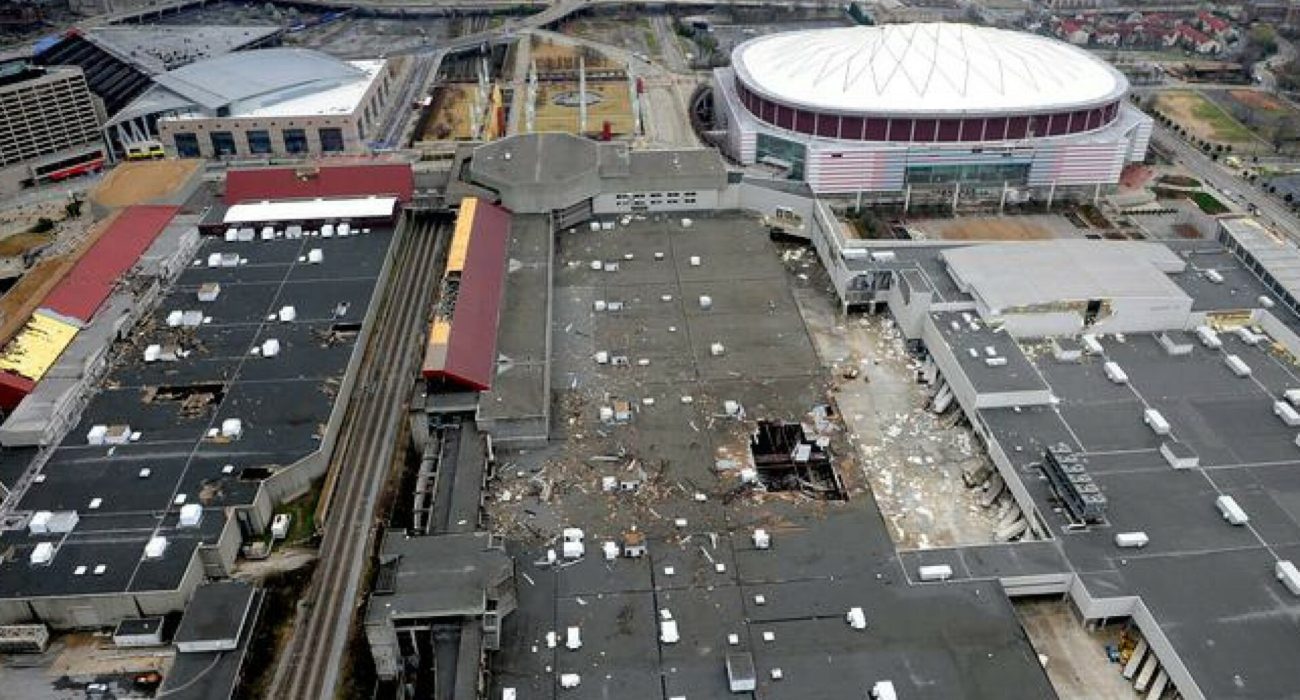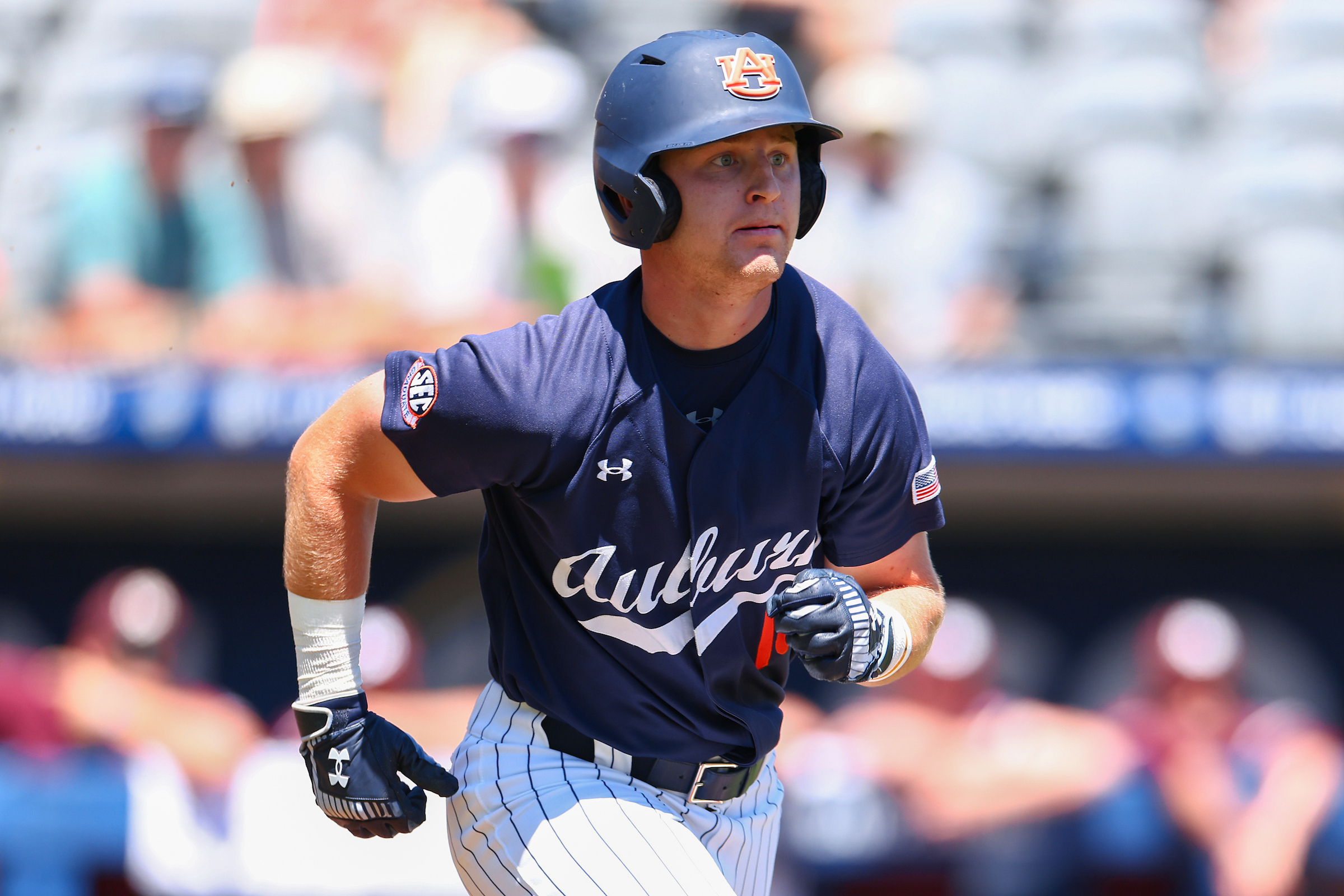Recent Features
The 2008 SEC Tourney: A Miracle Shot, a Tragedy Averted, and the Unlikeliest of Champions

The catwalk and scoreboard were shaking. Bolts rained down from a ripped-open panel of the roof, and insulation fluttered in the air like snow. For a brief moment, the lives of 20,000 people inside the Georgia Dome depended on the […]
Continue reading this article and more from top writers, for only $9.99/mo.
Already a TALEGATE Subscriber? Log in here.
Auburn’s Irish Selected by Orioles as 19th Overall Pick
July 14, 2025
No Comments
Irish eyes are smiling. After being selected as the 19th overall pick in MLB Draft on Sunday by the Baltimore Orioles, catcher Ike Irish became …


